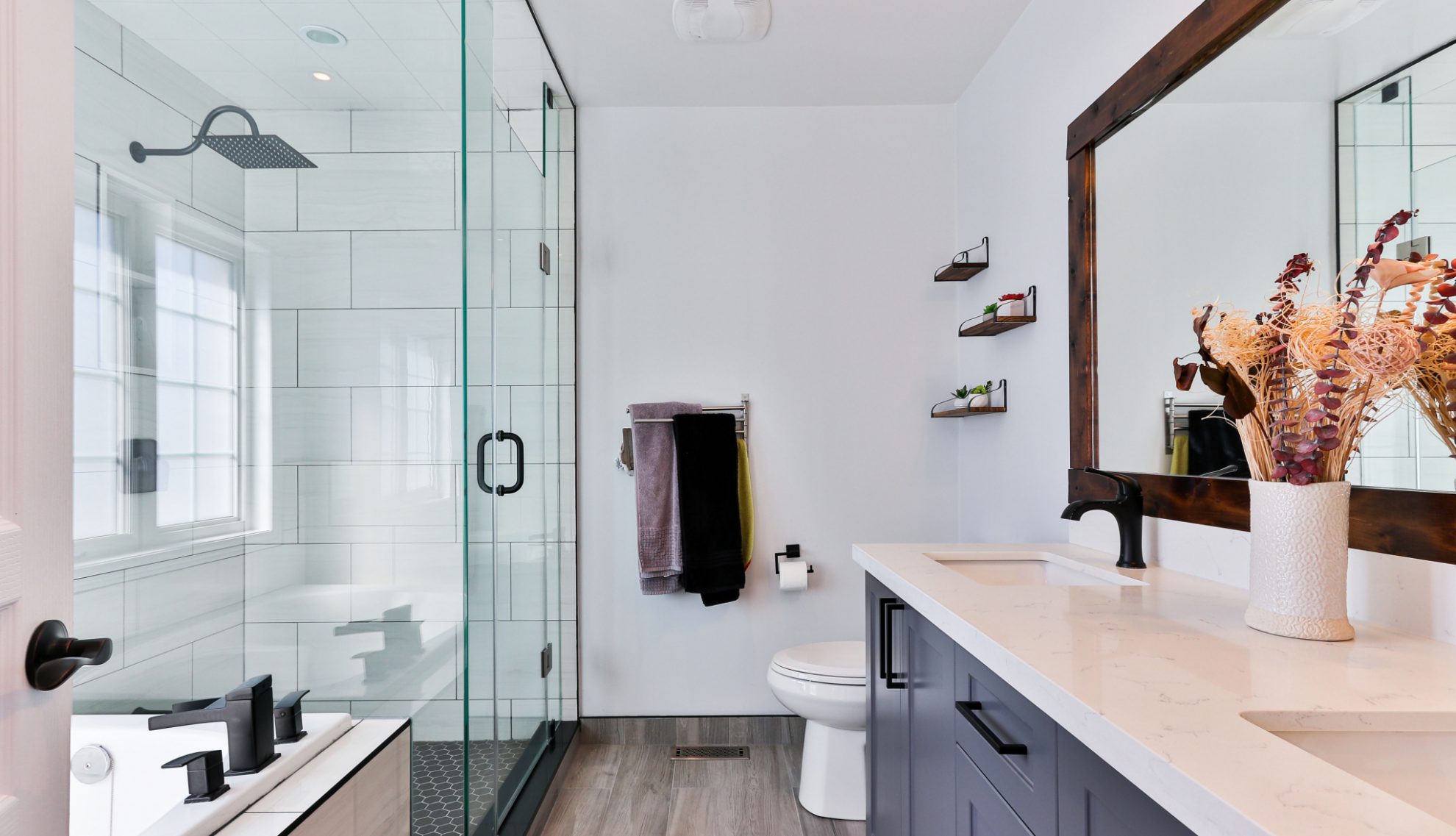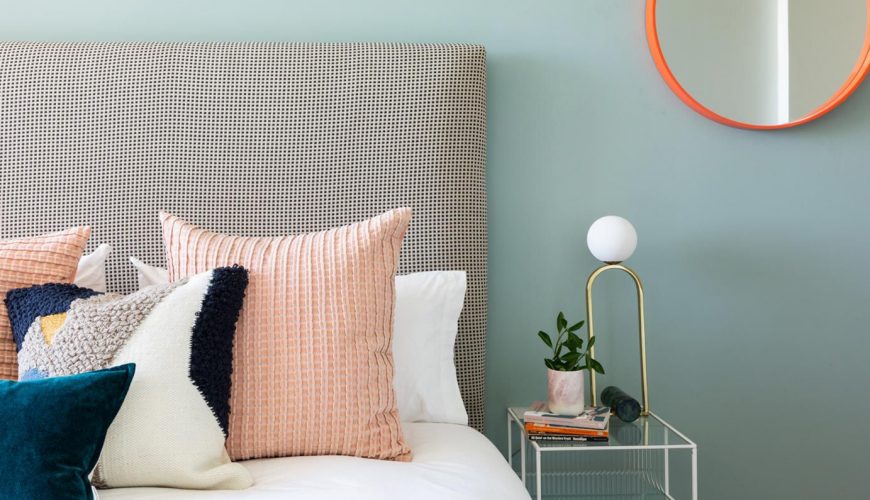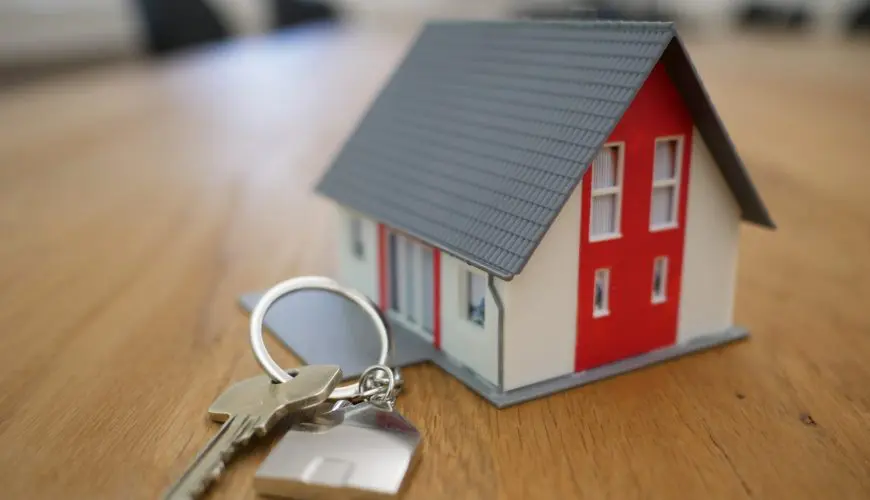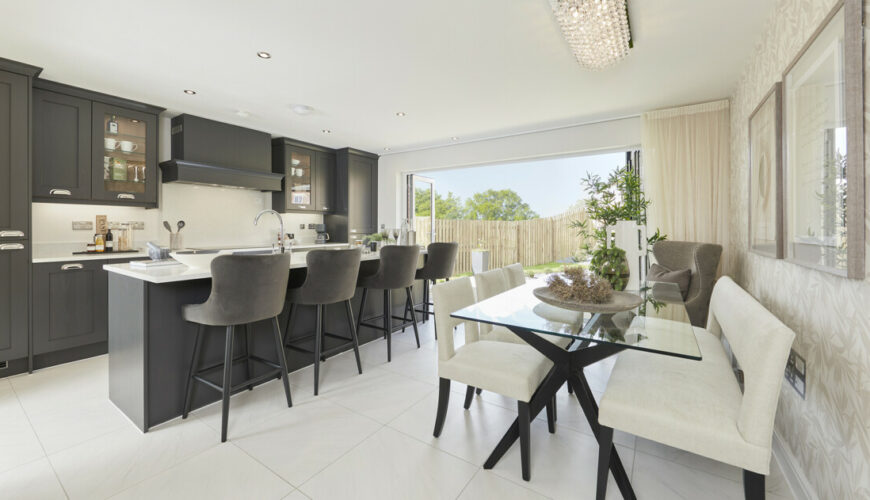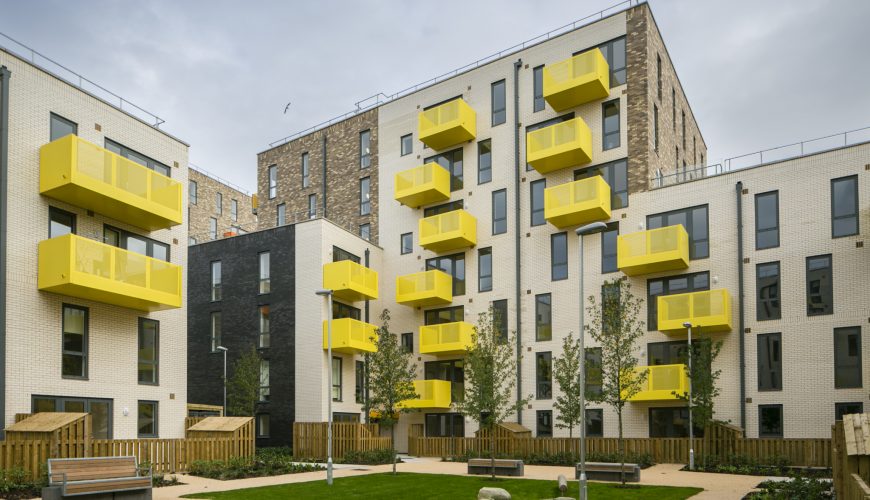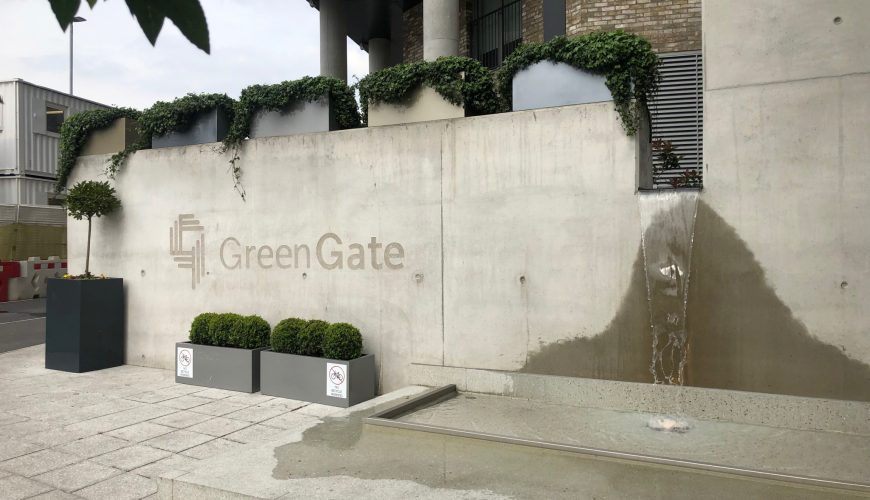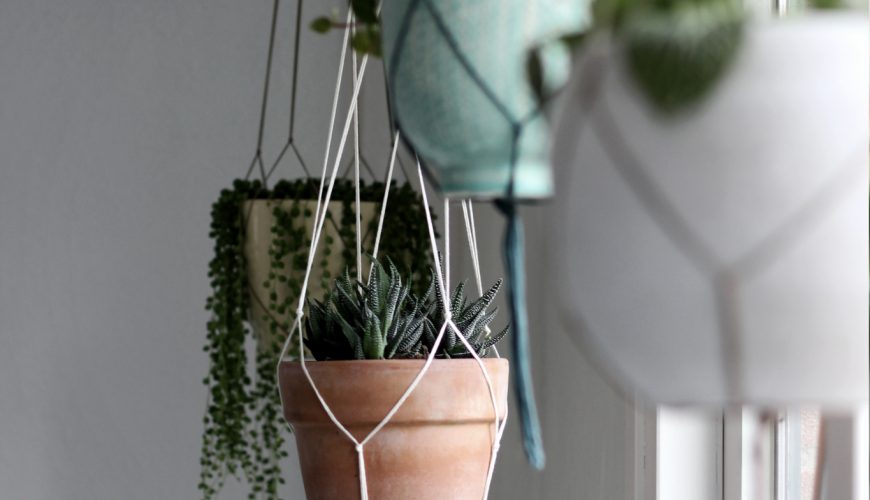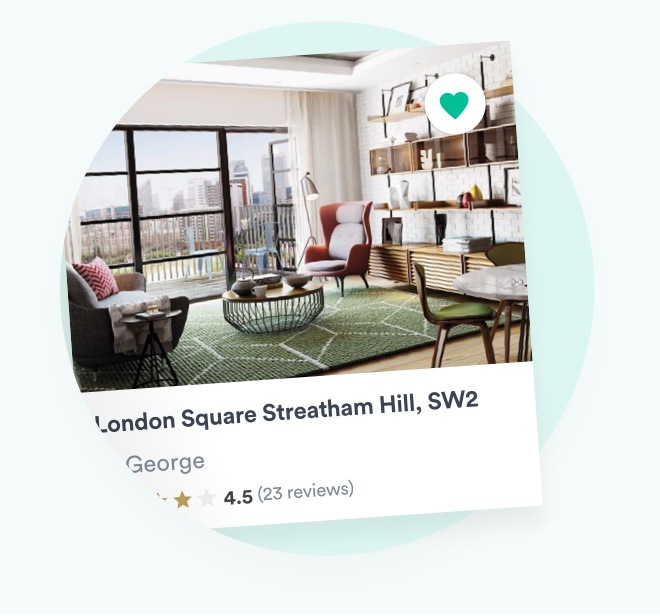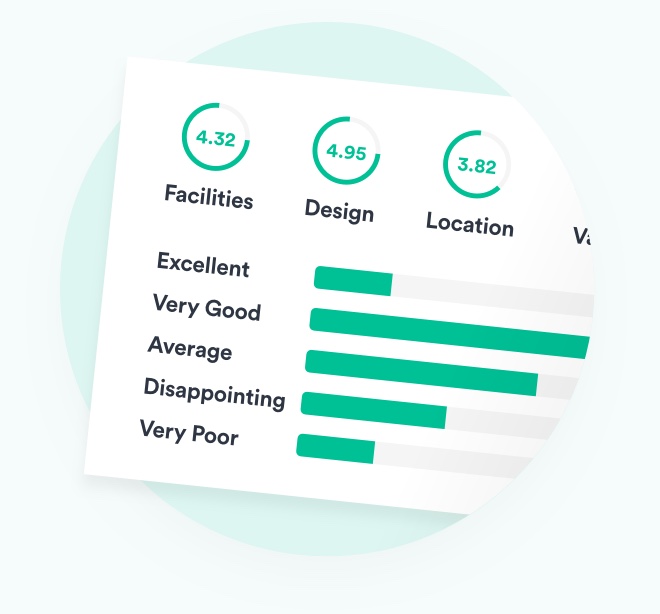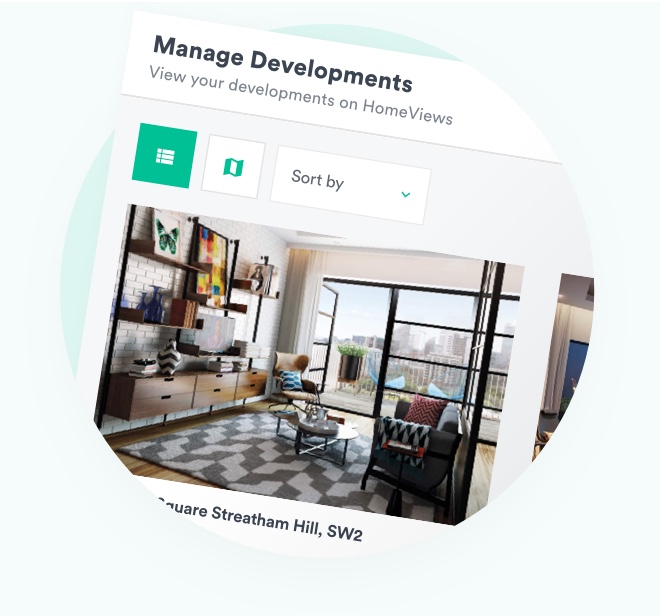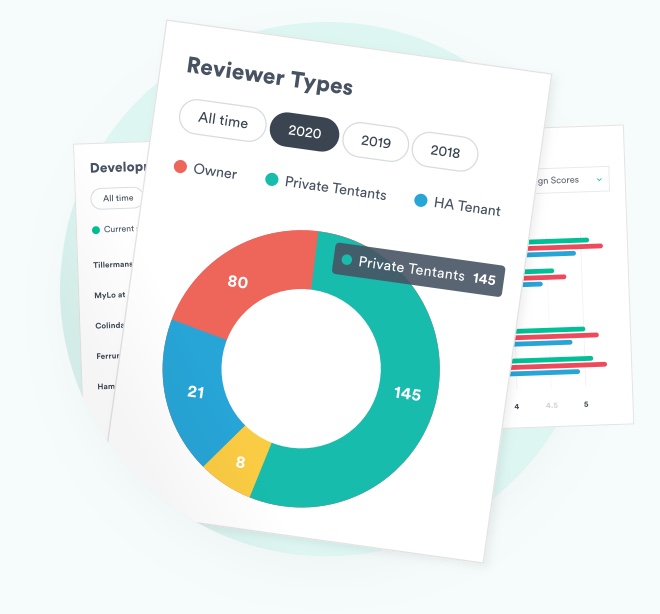The term ‘fixtures and fittings’ is used frequently when talking about property. But what exactly do these terms cover? Where do they fit into the property negotiation process and who is responsible for what? Our simple guide explains exactly what these terms mean – whether you’re buying, selling or renting.
FAQs
What are fixtures and fittings?
Fixtures and fittings are types of assets that come with a building. Fixtures are assets that are attached to the building or land, while fittings are assets that are not permanently attached to the building or land.
What is the difference between fixtures and fittings?
The difference between fixtures and fittings is whether or not they are physically attached to the property or the land it occupies. Fixtures are things that are physically ‘fixed’ to the property and can’t be easily moved or lifted. Fittings are either free-standing (like most household furniture) or loosely attached with nails or screws (like pictures, hooks, etc.).
An easy way to remember this? Imagine tipping the property on its side. Anything that stays in place is a fixture. Anything that falls out is a fitting!
What are examples of fixtures?
Again, fixtures are classified as something that’s bolted directly onto the property but isn’t structural. Common examples of fixtures include:
- Boilers and heating systems
- Built-in wardrobes and storage features
- Integral kitchen cabinets and cupboards
- Built-in white goods
- Bathroom suite items including baths, showers, sinks and built-in storage
- Carpets and flooring
- Doors

What are examples of fittings?
After the fixtures, fittings make up the rest of the items you would typically see in a property. Examples of fittings include:
- All free-standing furniture, regardless of size
- Free-standing white goods – fridges, washing machines, etc
- Decorative items – lampshades, pictures, mirrors, ornaments and artworks
- Shelving, curtains and curtain rails (as they are easily removable)
- Garden furniture
How do you negotiate fixtures and fittings?
When negotiating fixtures and fittings it’s important to remember that there isn’t a standard legal template in UK law for what’s left behind by the seller or landlord. For this reason, clarity is essential.
To negotiate fixtures and fittings, both parties should be upfront about what they want to stay in the property, and reasonable in their requests. This minimises the chances that the new buyer or renter will be disappointed when the time comes to move in.
Always clarify any sticking points before the contract is signed. You should also make sure any items of particular interest are mentioned by name.
Fixtures and fittings can often be a useful part of the sale negotiations for a property. For example, if you’re trying to buy below the asking price and the seller won’t agree to your offer. You might ask that you pay full price but that some of the more valuable fittings (white goods, larger furniture, etc) are included.
What is included in fixtures and fittings as standard?
There is no specific law in the UK that outlines which fixtures and fittings should be left when a house is sold or rented. However, the property’s seller or landlord must make it clear what will be left behind. This is why it’s good practice to create in inventory as part of the sales contract or lease.
If there is no inventory, then it is generally assumed that the fixtures will stay but all fittings will be removed. Generally, it is better for both parties if anything important to either side is clarified in writing as part of the contract.

Who is responsible for replacing fixtures and fittings during a lease?
With some exceptions, the landlord is responsible for maintaining and repairing/replacing all fixtures throughout an agreed tenancy. Crucially, the landlord must keep all fixtures regarding the supply of water, electricity, heating and gas in proper working order. This is part of guaranteeing the tenant’s rights to live in a property that’s safe and in a good state of repair.
When it comes to fittings, this is much more of a matter of discussion and compromise. Generally speaking, tenants are expected to replace the more minor fittings – hooks, plugs, curtain rails, etc – that are damaged through normal wear and tear. The landlord might agree to replace larger fittings like sofas or white goods but may ask the tenant to buy their own replacement that they can later take with them at the end of the lease.
One crucial exception: Tenants are responsible for any fixture/fitting damages they cause deliberately or through their own negligence.
Read more
Who owns fixtures and fittings at the end of a lease?
All fittings and fixtures that were present in the property when the tenant moved in are still owned by the landlord at the end of the lease. Tenants are obliged to leave the property ‘in the state they found it’, so they cannot take fittings with them. However, it’s not uncommon for landlords to gift or sell various fittings to tenants, if it’s convenient for both parties.
Can tenants remove fixtures?
Tenants cannot remove fixtures from their leased property unless they installed that fixture during their tenancy. This generally only relates to long-term property lets where the tenant has made changes with the landlord’s approval. Common examples of this include adding integral storage or office spaces.
These are legally referred to as ‘tenant improvements’, which means they belong to the tenant, not the landlord. However, this also means that the tenant must pay for any necessary repairs on those improvements.

Are integrated appliances fixtures or fittings?
Generally, kitchen and utility appliances aren’t considered to be fixtures, as they can easily be removed from a property. However, integrated appliances such as built-in hobs, ovens, fridges/freezers and dishwashers tend to be classed as fixtures, and included in any sale price. If you’re unsure, check with your estate agent, who should be able to confirm either way for you.
Are windows fixtures?
As a permanent, fixed feature of the property, windows definitely fall into the definition of a fixture. As a general rule, anything that’s screwed, bolted or permanently attached to the property by another means is considered to be a fixture, while items the seller could reasonably take with them when they move out would be a fitting.
Is a TV a fixture or a fitting?
A TV is classed as a fitting, even if it is bolted or otherwise attached to a wall. It’s not seen as an integral part of the property, like built-in cupboards or white goods are. TVs are inherently easier to remove, so they fall into the fittings category.
Fixtures and fittings: Make things clear, clean and simple
Fixtures and fittings can become a major headache if their ownership and responsibility aren’t made clear at the start of a contract. Any miscommunication can lead to disputes later on. This could damage the relationship between buyer and seller, or landlord and tenant.
So, before you sign on the dotted line, make sure all the following statements apply to your situation:
- Both parties know which fixtures and fittings will be left in the property when the sale or lease is confirmed.
- Both parties know exactly which fixtures and fittings they are responsible for repairing or replacing.
- An inventory will be attached to the sale or lease contract. Alternatively, both parties agree not to have an inventory.
- Both parties have either a written or verbal understanding of how to handle any fittings-related issues not covered in the contract.
Remember – clarity, openness and fairness is the best approach to making sure you get what you want. The value of a property’s fixtures and fittings can amount to tens of thousands of pounds. For this reason, it’s in everyone’s best interests to work out the details before the contract is signed.
If you’re looking to buy, sell or rent, our guides can give you a better idea of how to prepare. From estimating moving costs, to explaining the legal details of the sales process, we’ve got you covered.

HomeViews provides verified resident reviews of the UK’s housing developments. We’re working with developers, landlords and the Government to recognise high performers and help to improve standards in the built environment.
